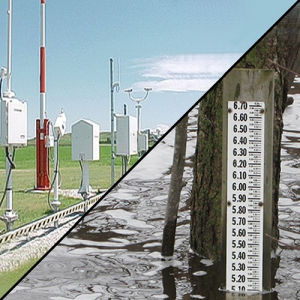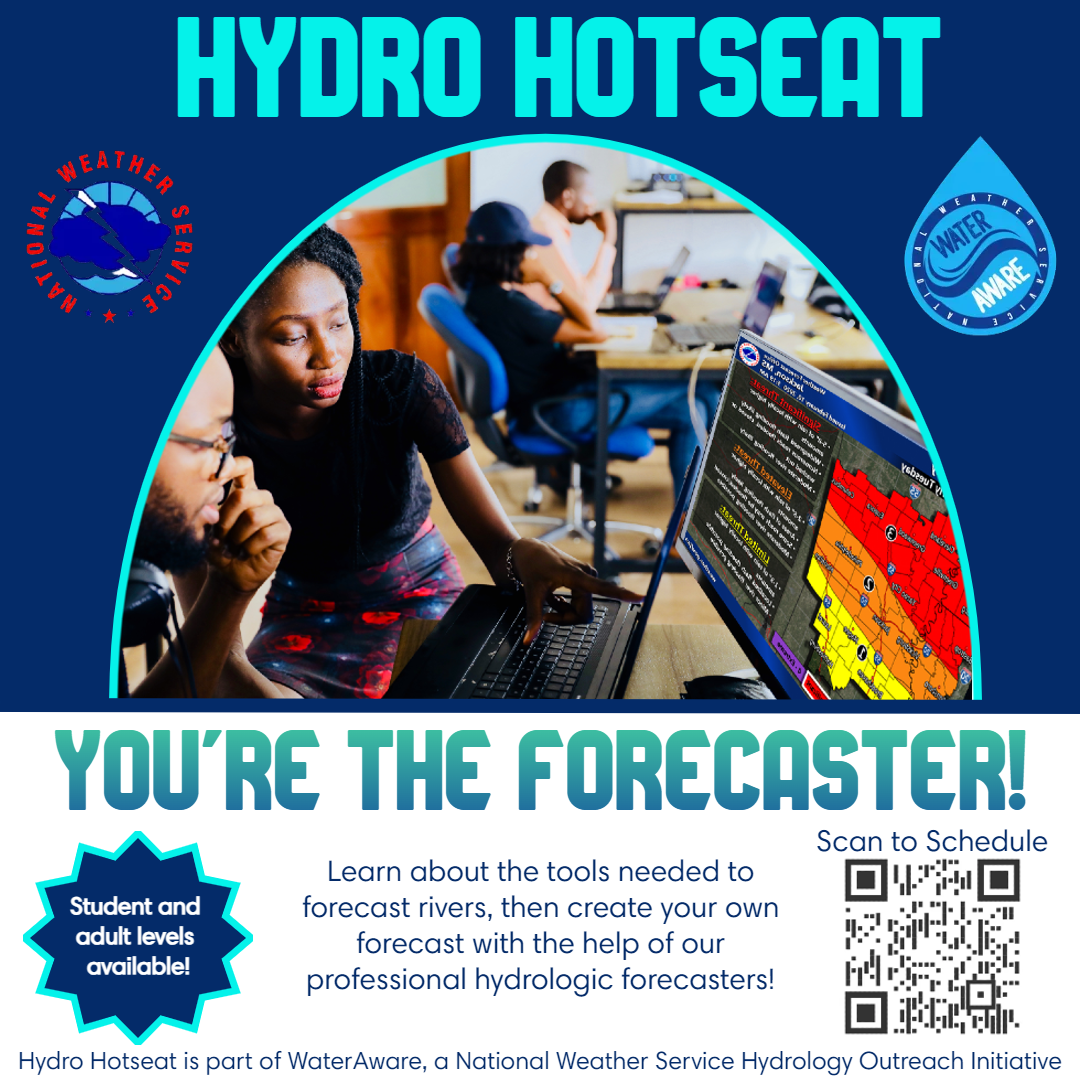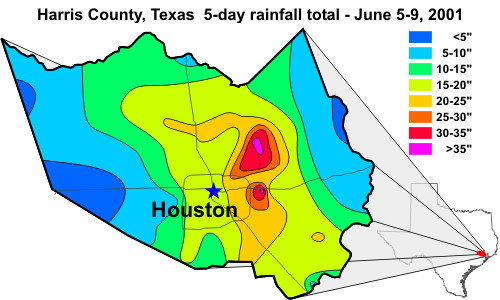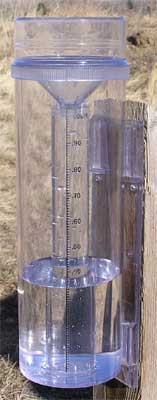
In order for precipitation (rain, snow, hail, etc.) to form, particularly over a large area, several ingredients are necessary. First, there must be a source of moisture. The primary moisture sources in the U.S. are the Atlantic and Pacific Oceans, as well as the Gulf of Mexico. Winds around high- and low-pressure systems transport this moisture inland.
Clouds then form from this moisture as air is lifted. This can occur when air is forced up and over mountains or, more commonly, by air rising near fronts and low-pressure areas.
However, cloud droplets and/or ice crystals are too small and too light to fall to the ground as precipitation. There are two processes for the cloud water, or ice, to grow large enough to fall as precipitation. One process is called the collision and coalescence, or warm rain process, where cloud droplets of varying size, with their different fall speeds, collide and stick together (coalesce), forming larger drops. Eventually, the drops become too large to be suspended in the air, and they fall to the ground as rain.
Learning Lesson: Atmospheric collisions
The other process is the ice crystal process. This occurs in colder clouds when both ice crystals and water droplets are present. Water vapor more easily deposits directly onto ice crystals rather than coalesces as liquid drops, so the ice crystals grow at the expense of the water droplets. The crystals eventually become heavy enough to fall. If the atmosphere is cold near the surface, snow may result; otherwise, the snowflakes may melt to rain.
Learning Lesson: It's the "Rain", Man
Precipitation Gages and Observers
Observations of precipitation can come from automated gages, which report by satellite or modem, and also manual observations. Automated gages are particularly helpful for determining the precipitation rate. A high rainfall rate can sometimes cause flooding that begins very rapidly, called flash flooding. Volunteer observers help fill in gaps where precipitation data is lacking, which directly impacts the accuracy of NWS river, flood and drought forecasts.

|
Complex or SimpleObservations may come from large stations with numerous pieces of sophisticated equipment sending information frequently over satellite, or may come from manual readings taken by a volunteer. |

|
Gages For River ForecastingKeeping track of the different components of the water cycle is important to hydrology. For example, monitoring current conditions helps scientists better understand where flooding or drought may occur. Rain gages are used to keep track of precipitation, and stream gages are used to keep track of how much water is in rivers. Observed precipitation is combined with a specified duration of forecasted precipitation so that NWS hydrologists can model how much and when water is expected to reach a river or stream. |

|
The Hydro HotseatThe Hydro Hotseat is an activity that allows you to be the river forecaster! NWS professional hydrologic forecasters will teach you about all the data and tools used to make a river forecast, then you get to take over in the Hotseat! We’ll start with a presentation called “Let’s Learn About River Forecasting!”. Afterwards, we’ll run through two flood forecasting scenarios together. This activity takes 1 hour to complete. Please scan the QR code in the flier or visit this link offsite link to request the Hydro Hotseat or a variety of hydrology educational sessions and activities for ages K-adult. |
|
|
WaterAware - A National Weather Service Hydrology Outreach InitiativeFlooding and drought are among the most fatal and costly of any weather-related phenomena. One of the best ways to diminish damage to life and property due to these disasters is to provide education on flood safety, drought mitigation, and the science behind NWS river and flood forecasts. WaterAware does just that by serving as the NWS hydrology outreach program for ages K-adult. WaterAware consists of a group of on-demand NWS hydrology outreach representatives who can be scheduled for in-person or virtual educational sessions. We offer a variety of high quality hydrology and water resources materials and activities that are tailored to each age group all the way up to adults! Scan the QR code in the WaterAware flier, or visit this link offsite link to request outreach sessions |
The Community Collaborative Rain, Hail, and Snow Network (CoCoRaHS)
In June 2001, Tropical Storm Allison deposited a tremendous amount of rain in southeast Texas during a 5-day period. This map (right) of Harris County shows the rainfall distribution. Rainfall across the county ranged from less than 5 inches (127 mm) to nearly 37 inches (940 mm).
These large differences in rainfall amounts are more common than you might expect and important to measure, but because of the distances between official rain gauges, these large differences in rainfall are not always seen in the rainfall data. So what do we do?

What IS CoCoRaHS?
CoCoRaHS offsite link is a unique, non-profit, community-based network of volunteers of all ages and backgrounds working together to measure and map precipitation (rain, hail, and snow). You can help fill gaps in the rainfall data by becoming a volunteer and taking measurements of precipitation from your location.
Everyone can help; the more the better. The only requirements are an enthusiasm for watching and reporting weather conditions and a desire to learn more about how weather can affect and impact our lives. For educators, your school and students (both at school and at home) are encouraged to participate.
The program helps meteorologists, hydrologists, and researchers study the variability of precipitation, and the accumulated data will be available to anyone with a use or interest in precipitation data. The data collected by CoCoRaHS also supports the weather forecasting and warning responsibilities of the NWS.
How did CoCoRaHS get started?

CoCoRaHS started because of a devastating flood that struck Fort Collins, Colorado, in 1997. When researchers went back to examine the precipitation data, they discovered that the heaviest rainfall leading to the flood missed all of the official gages. Colorado State Climatologist Nolan Doeskin developed a new, volunteer observing network to fill in the gaps between official gages called CoCoRaHS. In the years since, CoCoRaHS has expanded rapidly, with over 26,000 active observers in the United States, Canada, Puerto Rico, the U.S. Virgin Islands, Guam and the Bahamas.
What is involved to be a CoCoRaHS?
As is the case with all types of data collection, accuracy and consistency are the keys to ensure the observations are meaningful. With that, there are certain types of rain gauges that should be used. The most common, called a 4" rain gauge (left), makes reading accurate rainfall amounts easy. The funnel collects up to one inch in the rain in the measuring tube with amounts greater than one inch spilling into the overflow tube. Visit CoCoRaHS offsite link for more info on this gauge.
Why not use automatic rain gauges that come with many electronic home weather stations?

It goes back to the consistency aspect of collecting data. Not all rain gauges are created equal nor do they all report the same. The majority of automated rain gauges, when summed over several months or years, report less precipitation than actually fell, and sometimes by a significant amount - sometimes 25% or more. Also, most automatic gauges cannot collect snow.
Because of these test results, CoCoRaHS asks the observers to set up a CoCoRaHS 4" gauge along with their automated gauge and see for themselves. Many observers have converted to using the 4" gauge as their daily measurement when they see the results, and then use their automated gauge as a backup when they are gone.
CoCoRaHS provides instruction on how and where to set up your equipment as well as how to read and report your observations. You will also be able to see a map of CoCoRaHS observations for your region in real time. Become a part of CoCoraHS! offsite link


